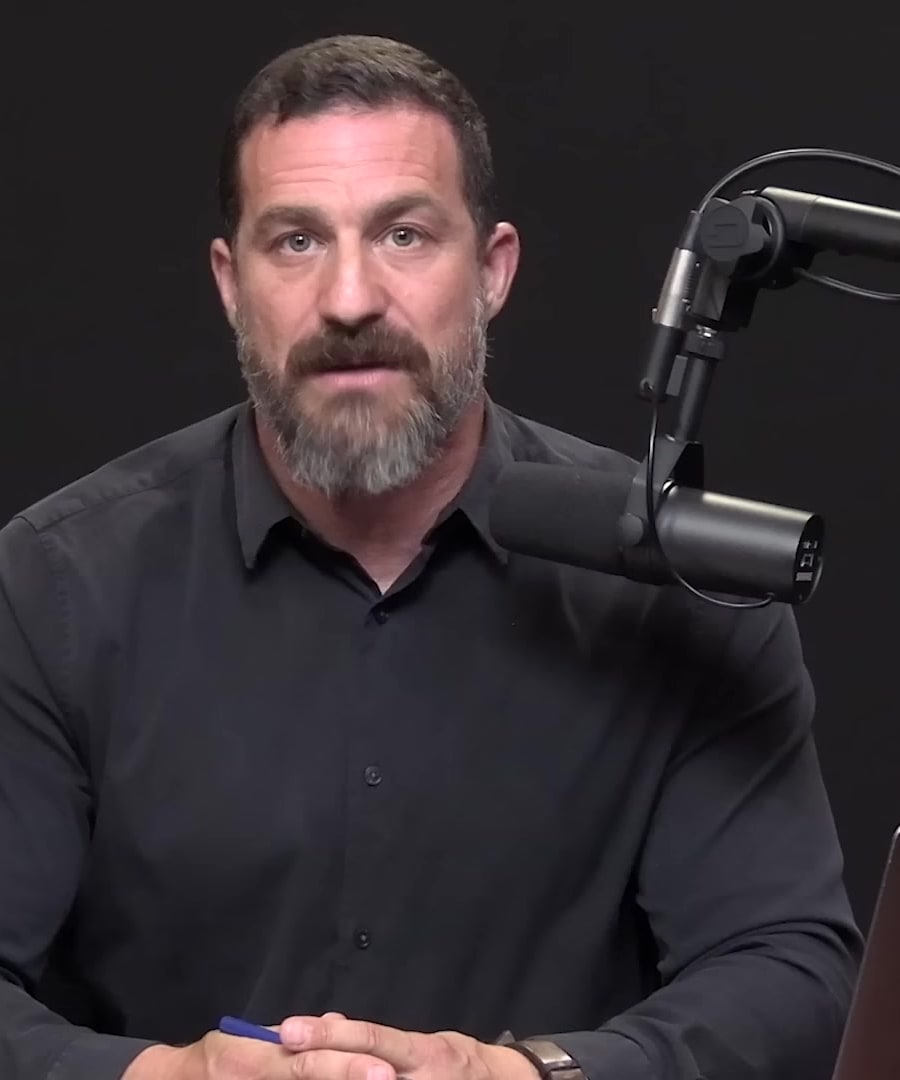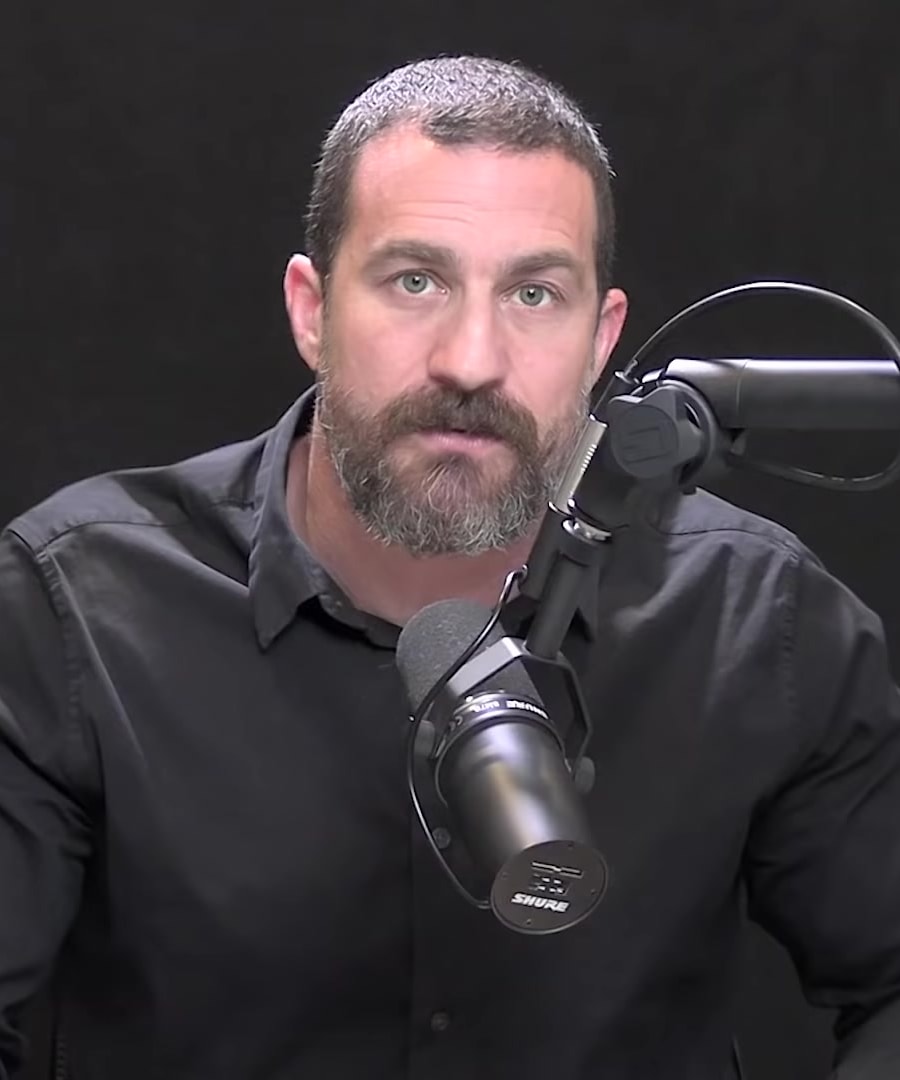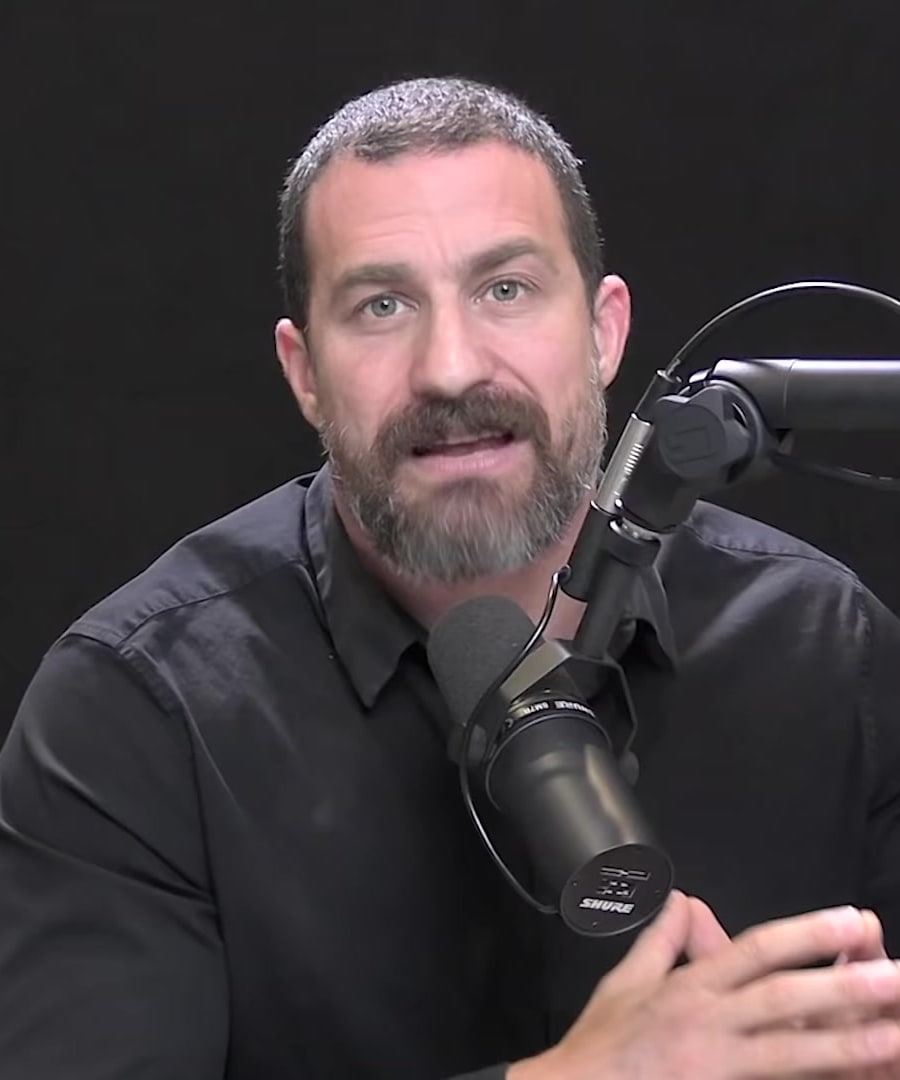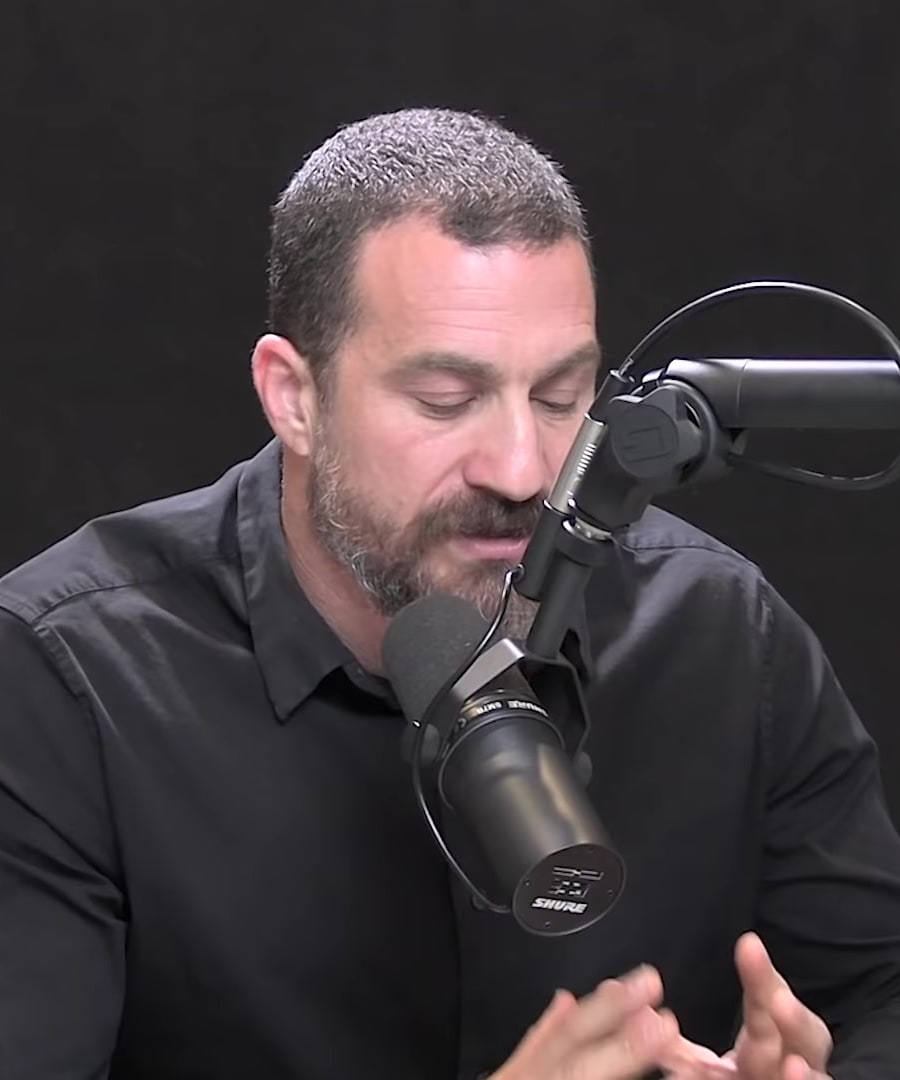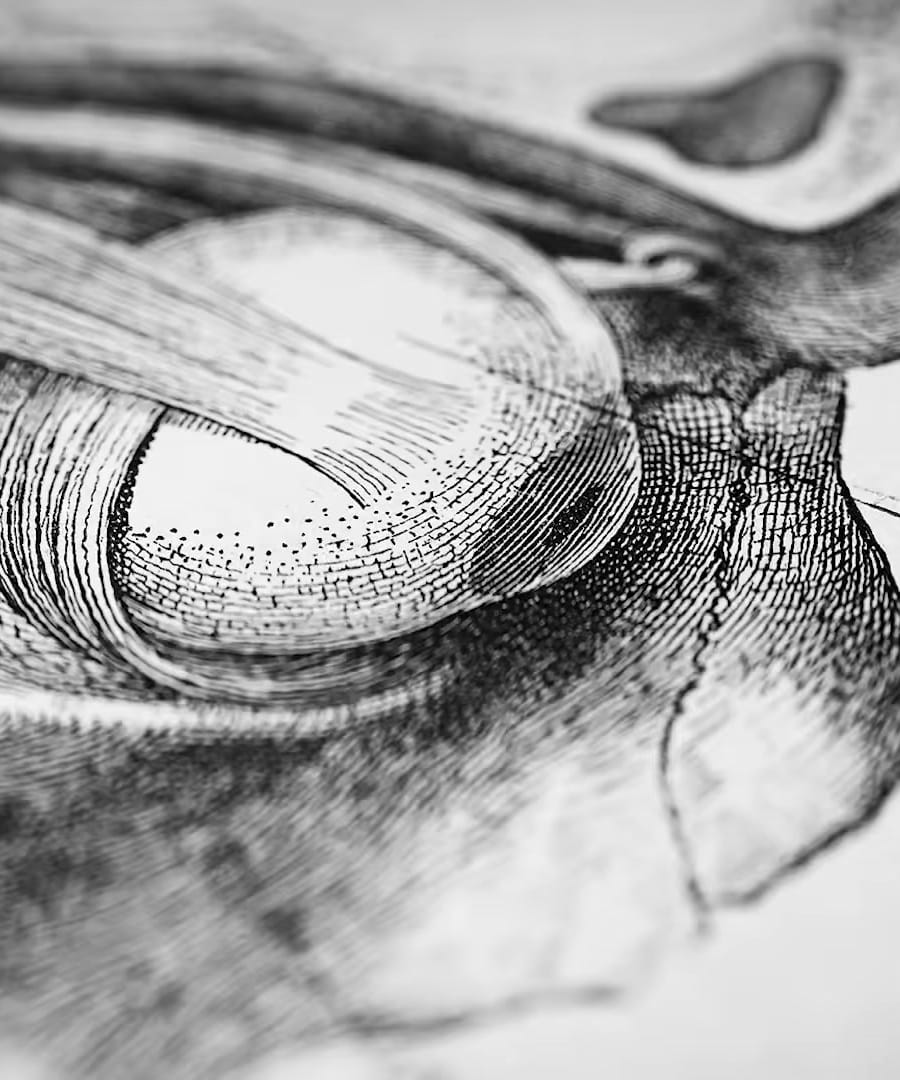How does the brain process goals?
Sources:
The brain processes goals through a network of interconnected neural circuits involving multiple regions. Here's how it works according to :
-
Neural Circuitry: The brain uses specific neural circuits that include the amygdala, basal ganglia, lateral prefrontal cortex, and orbitofrontal cortex. These circuits are involved in initiating and preventing actions (basal ganglia), planning and thinking across different time scales (lateral prefrontal cortex), emotional evaluation (orbitofrontal cortex), and arousal and fear responses (amygdala) 1 2.
-
Dopamine's Role: Dopamine plays a critical role in assessing the value of goals and guiding actions. It acts as a neuromodulator that evaluates the worth of pursuing a goal and the actions necessary to achieve it. This evaluation helps in making decisions about whether to pursue a specific goal or not 3.
-
Action and Inhibition: The basal ganglia is central to the process, containing the 'go' and 'no-go' pathways for initiating and withholding actions, respectively. This system helps decide what actions to take and what to refrain from in the pursuit of goals 4.
By engaging these circuits, the brain can set, assess, and pursue goals, using a common neural system regardless of the type of goal being pursued 5.
RELATED QUESTIONS-
How does the brain process goals?
- RELATED QUESTIONS
